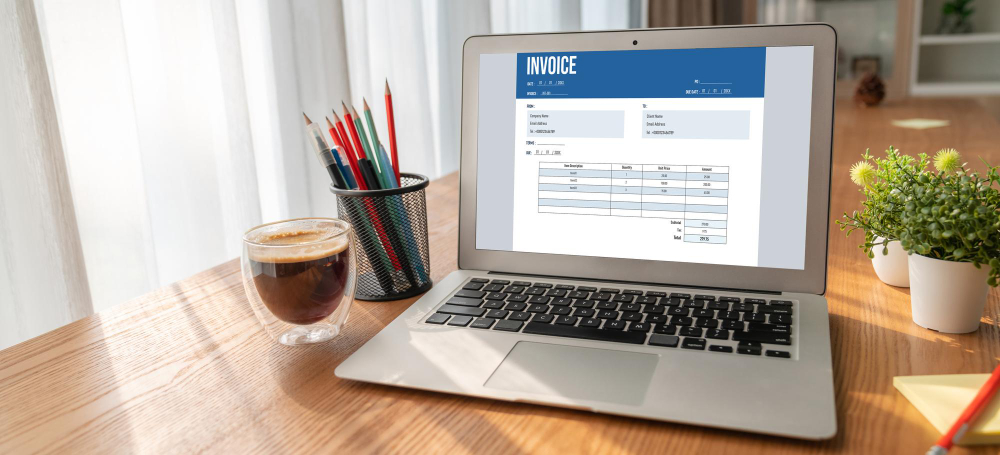What Exactly is E-Invoicing?
Industry professionals have long acknowledged the significance of e-invoicing. In this article, we aim to break down the fundamentals: What does the term "e-invoicing" truly mean? How does an e-invoice differ from a standard PDF invoice? And what benefits does e-invoicing offer?
What is an e-invoice?
The terms “electronic invoice” or “electronic invoicing” might not strike you as particularly groundbreaking. After all, most invoices you receive today are likely sent electronically, often as PDFs via email.
So, what sets e-invoices apart? When we refer to e-invoices, we’re not talking about emailed or PDF invoices. Instead, we mean machine-readable data files, typically in XML format, designed specifically for streamlined and automated invoice processing.
What are the advantages of e-invoicing?
The advantages of e-invoices become evident when compared to traditional paper or PDF invoices. Typically, processing these documents involves multiple steps: First, the content from a PDF or scanned paper invoice is extracted using Optical Character Recognition (OCR) technology. OCR software analyzes the document, identifying and interpreting letters and numbers.
Next, the extracted data must be converted—formatted and structured—so it can be entered into the correct fields in your ERP system.
E-invoices, on the other hand, eliminate these steps entirely. Since the content is already in a machine-readable format, it can be seamlessly transferred directly into your ERP system without the need for digitization, interpretation, or conversion.
This highlights a major advantage of e-invoicing: it removes the tedious and error-prone processes associated with OCR-based data extraction. Even the most advanced OCR solutions rarely achieve perfect accuracy. By bypassing these processes altogether, e-invoicing eliminates a common bottleneck in automated invoice processing. This allows businesses to dramatically increase the volume of invoices processed automatically in the background, freeing up time and resources for more strategic tasks.
What is keeping organizations from embracing e-invoicing?
Invoice exchange always involves two parties, but it’s the recipient who gains the most from e-invoicing. Receiving invoice data in a machine-readable format allows recipients to streamline and accelerate their processes significantly. That’s why suppliers are less likely to initiate e-invoicing. If a supplier offers to send you e-invoices, it’s highly advisable to accept the offer immediately.
One barrier to widespread e-invoicing adoption is its reliance on IT systems optimized for fully automated processing. While this may seem like a challenge, it’s easier to address than many decision-makers realize. For instance, an XML viewer can display e-invoices in a readable format, bridging the gap for companies without compatible systems. Additionally, some hybrid formats combine machine-readable data with a PDF, allowing for both manual and automated processing.
While it’s possible to simply view e-invoices and stick to manual workflows, doing so misses a valuable opportunity to enhance efficiency. By using the right software solution, you can automate e-invoice processing, saving time and reducing manual effort. Importantly, e-invoices eliminate the need for digitization, removing a common source of errors in traditional invoice processing.
In summary, e-invoices offer the chance to fully automate and optimize your invoicing processes—an advantage that a PDF invoice simply cannot provide. It’s an opportunity well worth seizing.
Click here for more detailed information on E-Invoicing solution or contact us for a free consultation!

